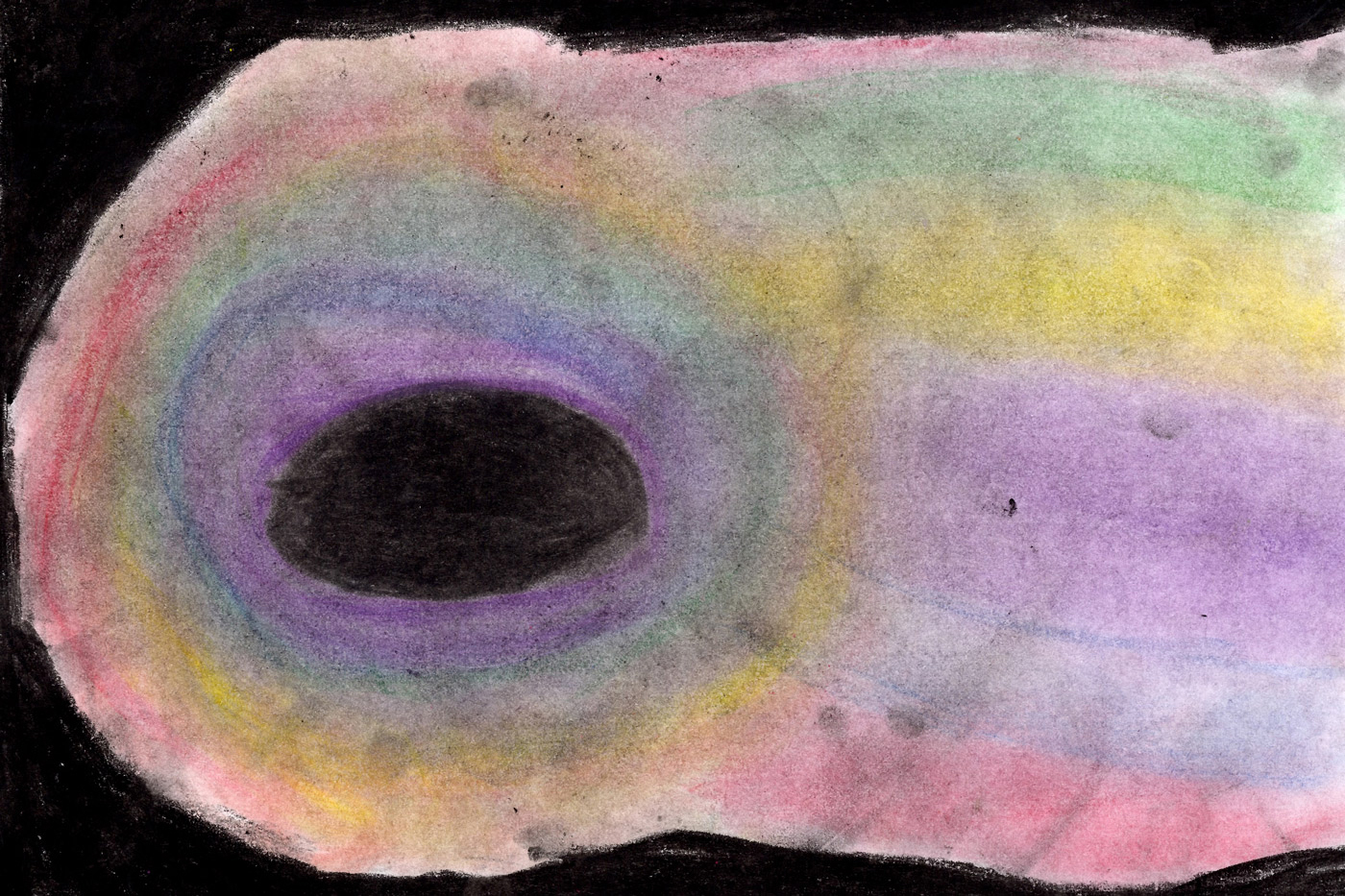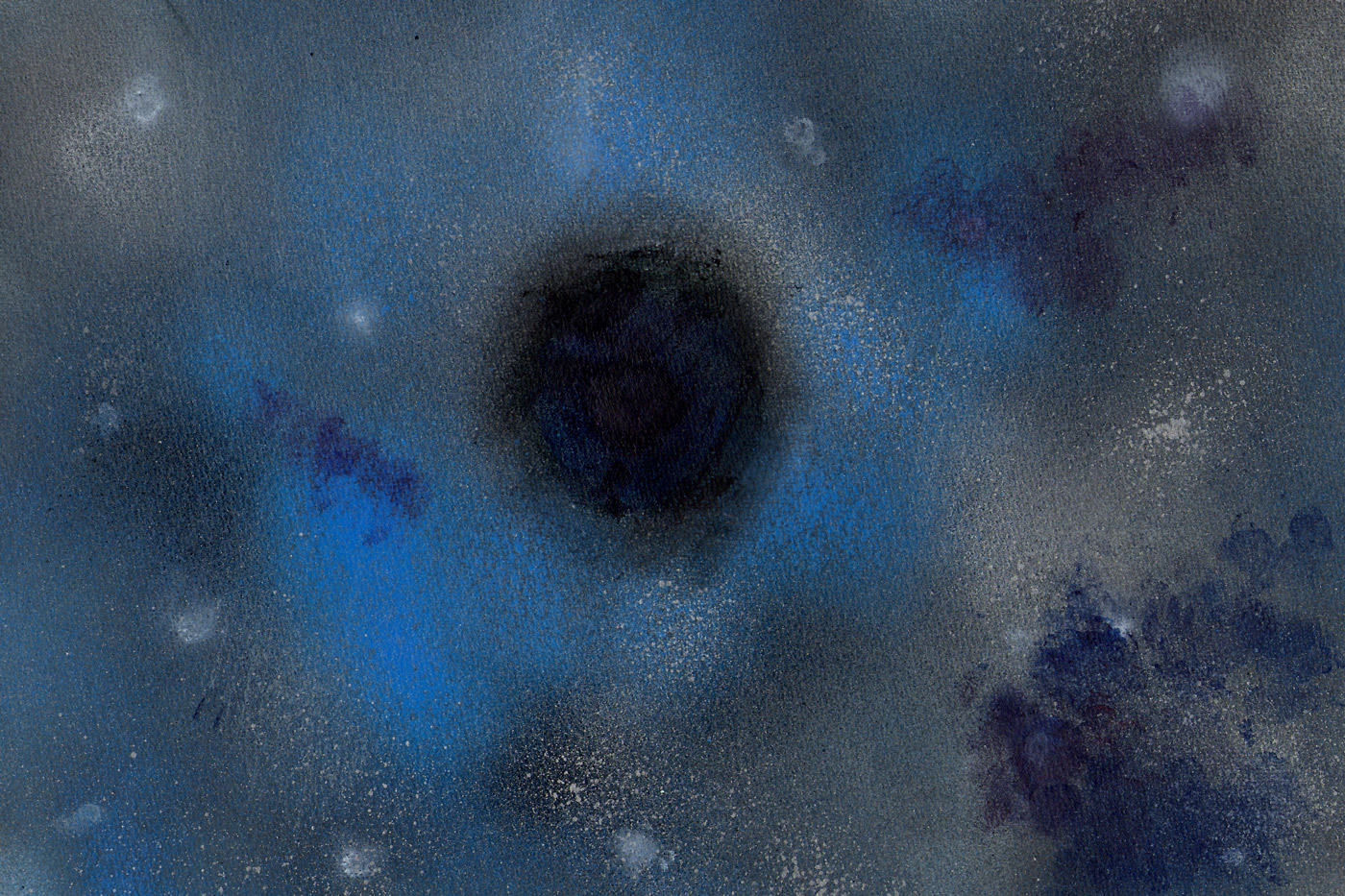- 2024
- 2023
- Ligne d'air
- 2022
- 2021
- The Forest System
- 2020
- A place to read
- Counterfactual
- Deep Sleep
- Fixing Sounds
- Ghost Populations
- Grey Matter
- Humanities
- Impôts.gouv
- My Precious One
- OK computer
- One for all
- Perfect Match
- Personal Borders
- Trial by fire
- Unconscious
- 2019
- Anonymous
- Daily science
- Houston 69
- Image and text
- La santé autrement
- Parts and labour
- Playing with fire
- Plu-present
- The art factory
- The legend factory
- The nuclear effect
- Unique every time
- Vertical
- What exactly is happiness?
- striking a chord
- 2018
- Animal images
- Connections
- Current affairs
- Extra space
- Les courts circuits
- Metamorphoses
- Off ground
- Playing with fire
- The Earth quakes
- The life of rays
- The ocean phenomenon
- The scope of cinema
- The struggle continues
- Top model
- Traces
- What is peace?
- 2017
- All about the climate
- Artistic territory
- Cars
- In all probability
- Inner journey
- Letter to a friend
- Planetarium
- Plants and us
- Polyptics
- Poster child
- Propagation of monotony
- Rocks unlimited
- Tour operator
- We, the presidents
- Youth culture
- 2016
- 3D universe
- Art curator
- Bioethics
- Colours
- Community radio
- Different books - digital design
- Different books - paper design
- Hands on
- Images - Mémoires
- In all probability
- Landscapes
- Meteors
- Microscopic
- Mirages
- Pantone Food
- The great outdoors
- The idiots' guide to teenagers
- The night
- There were several of them
- Under the surface
- 2015
- Books otherwise
- By prescription
- Denim
- Feet on the ground
- Intermediate schools in France
- Meteorologists
- Occupation: inventor
- Outdoors
- Sweet treats
- The art of love
- The climate in fiction
- To be completed
- Universal light
- Urban life
- What is today?
- Words and music
- 2014
- Are you modern?
- Aroma research
- Calculating sound
- Digital dreams
- Female landscape
- Hung up
- Infinite at top speed
- Les Grandes Tables
- Life in the laboratory
- Listening to the sacred
- Short trips into the working world
- The age of the earth
- Use and reuse
- Water
- Words and music
- Words and things
- 2013
- Aroma research
- As if by chance
- Behind the screen
- By what right?
- In praise of mixity
- Infinity at top speed
- Listening to the sacred
- Looking at animals
- Mass markets
- Memory
- On promotion
- Once upon a time: Art
- Segami
- Sensitive boundary
- Short trips into the working world
- The French factory
- Truth in sport
- 2012
- A simple movement
- Animalia
- Archigram
- Babel
- By what right ?
- Call it anything
- Dinner's served!
- Experience of the world
- Found objects
- Money
- Once upon a time: Art
- Perceptible split
- Phenomena
- Serious games
- Television
- Warmly dressed
- 2011
- Animalia
- Balance of power
- Breathless
- Chemistry year
- Cities and architectures
- Eurêka
- Experience of the world
- Food
- Found objects
- Homepage
- Once upon a time
- Public life
- Television
- Under constraint
- Video games
- Vostok
- What to wear
- 2010
- Chimie en cuisine
- Eurêka
- Evolution
- Jeux vidéo
- La bioéthique
- La richesse - philosophie
- La richesse - sociologie
- Les adolescents - photographie
- Les adolescents - sociologie
- Objets trouvés
- Quel grand Paris?
- Rapprochement des cultures
- Sous contraintes
- Télévision
- Village global
3D universe
Since 2009, the Seine-Saint-Denis County Council has been backing “la Culture et l’Art au Collège (CAC)”. This project is based to a large extent on the presence in class for several weeks (40h) of an artist or scientist whose mission is to engage the students in a process of research and creation.
Tutors: Virginie Batista, Camilla Danielski, Pierre Guillard, Alain Riazuelo/ astrophysicists
Project manager: Stéphane Coulaud
Objectives:
What do the Big Bang, a black hole or a pulsar look like? How do you describe the surface of a planet whose atmospheric pressure is a thousand times greater than that of the Earth? Using current knowledge that describes and explains such objects, the students and astrophysicists try to portray them. Drawings, traced then made into 3D models, moving from words to things, made it possible to see and touch some of the mysteries of the universe.
Workshop:
Astronomic objects
The workshop opens with a discovery session: an introduction to astrophysics by means of a description of astronomic objects (black holes, exoplanets, comets, nebula, etc.) chosen and presented by the contributor. Using the CNES and IAP websites, the students, in groups of three, expand their visual knowledge of these objects. The information they collect is discussed in class and gives rise to the first diagrams. The contributor comments on each group’s work to correct the most basic errors.
Several dimensions
This is followed by a lot of graphic design work based on formalised pencil drawings. The students’ proposals are gradually improved upon during the workshop. At this stage, the drawings are entrusted to a team of designers responsible for modelling them to then print them in 3D. The difficulty lies in translating into 3 dimensions what the students have designed and portrayed in only 2 dimensions. It is necessary to create the “hidden face” of each object using the information provided by the class and translated graphically.
Matter and texture
At the end of the graphic design process, 12 designs are selected: comet; black hole with distortion of the disk of the Milky Way; stars-planet-nebula; gaseous planet; spiral galaxy, etc. It is then time to introduce the 3D printing. After several attempts, the technical characteristics and finishing touches are decided upon – the students opt for a plastic material of plain white, with no added textures or colours.
Outcome:
To exhibit the 12 prototypes in each of the participating schools, the students disposed of a set of two display cases. A catalogue bringing together the original designs and designers’ models was also on display to the public. A general presentation was given during the Science Festival in mid October 2016 in the Institut d’astrophysique de Paris.
Acknowledgements: Jean Mouette, Institut d’astrophysique de Paris, Samuel Berthier, Chloé Rivière and Richard Paquereau, The FabShop
Outings (selection):
- TRIP TO INSTITUT D’ASTROPHYSIQUE DE PARIS
- PLANETARIUM, CITÉ DES SCIENCES
- TRIP TO THE FABLAB DE PARIS IN RUE DE MONTREUIL IN THE 11TH ARRONDISSEMENT, MEETING THE DESIGNERS WHO MODELLED THE PROTOTYPES.
Participating schools:
- Class 4, Collège Jaurès, Villepinte
- Class 3, Collège Houël, Romainville
- Class 3, Collège Mitterrand, Noisy-le-Grand
- Temporary workshop, Collège Degeyter, Saint-Denis







